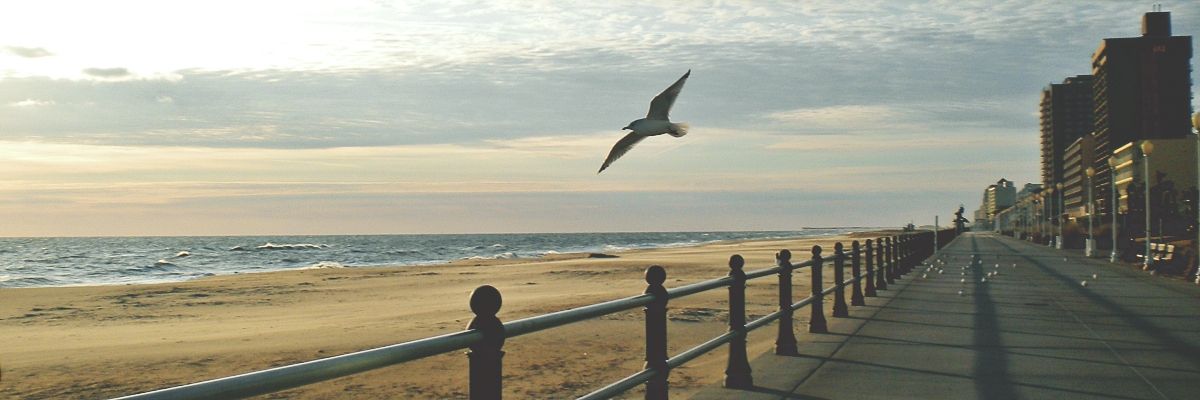I’m taking a six-session course with a young (late 40s) Reform rabbi named Alan Ullman. He tried being a pulpit rabbi for about three years, gave it up to teach teen-age through adults (young and old). He’s an itinerant, teaching in various locations between Hartford and Boston, living in Worcester. His focus is always the spiritual aspect of the Bible (or other Jewish texts), no matter what he titles his courses. It is always exciting to study with him and with the people he attracts. And he is very attractive: handsome, atheletic and dramatic. I’ve attended some of his single shot lectures and two other multi-session courses.
The current one is called Sacred Connections, meets for two hours on Monday evenings. Last session we looked at three passages: Ex. 19:1-6; Lev. 25:23; and Ex. 20:12. We got through several “connections” such as Mt. Sinai and the bush (sneh), Egypt/Wilderness/the land. Egypt: the very narrow place, no room to turn around. Wilderness: vast, no boundaries, no focal point. Place of radical shift. I won’t go through the whole discussion (and Rabbi Ullman pulls the most interesting comments and observations from the students).
I will just tell you the bottom line conclusion from the three texts: “The land is Mine. You are resident strangers with Me. Honor your father and mother that you may long endure on the land which God is giving you.” The land is God’s. We are God’s. We’re temporary and we don’t own anything. God’s gift of “the land” is the gift of a spiritual relationship with God. Even if “the land” is a specific place, the giving “is” (present tense) and not forever. It’s all conditional. “If you listen, then you will hear.”
I come away from these sessions in a state not unlike the one after the births of my children: exhilarated and tranquil at the same time.
